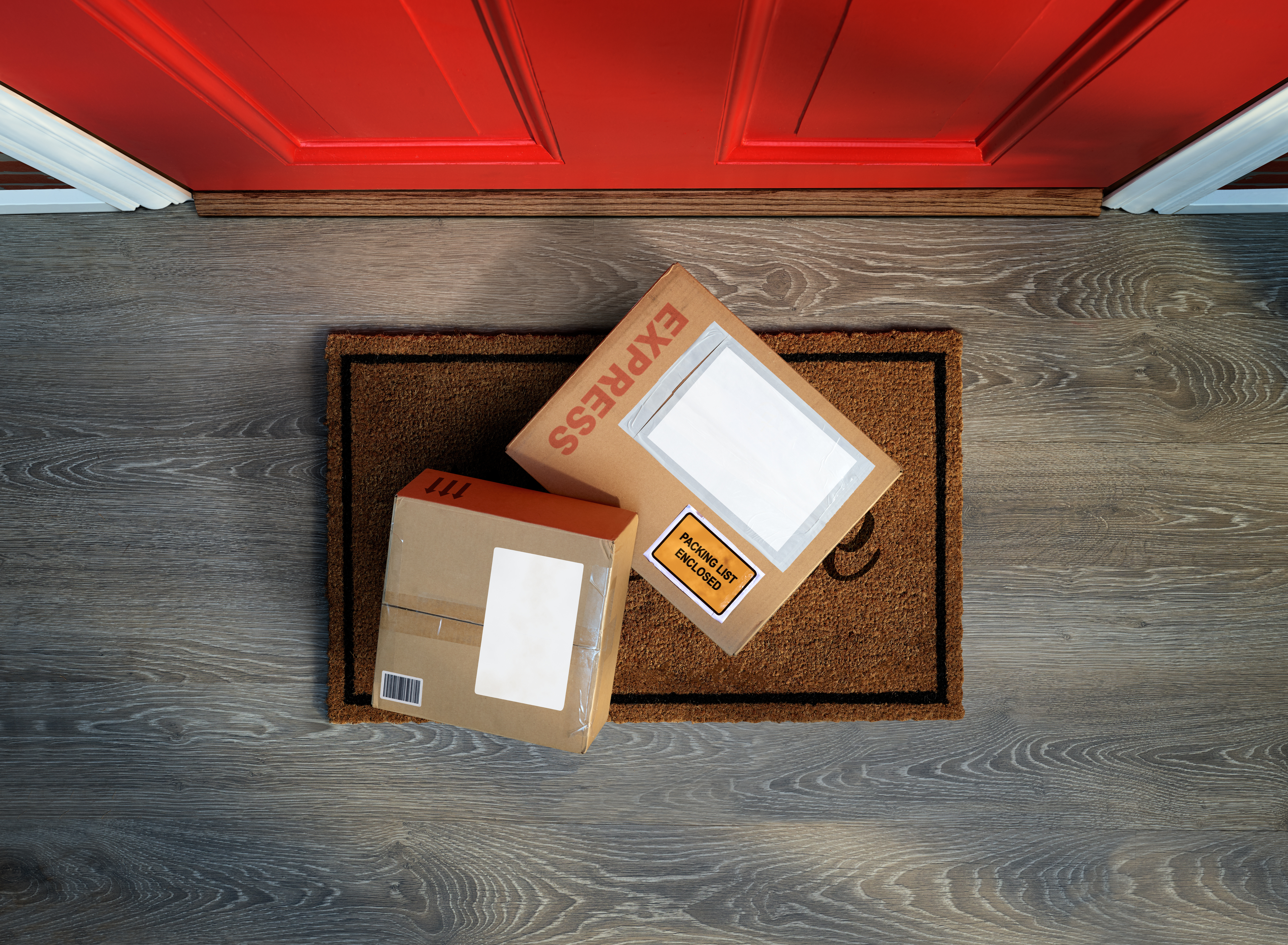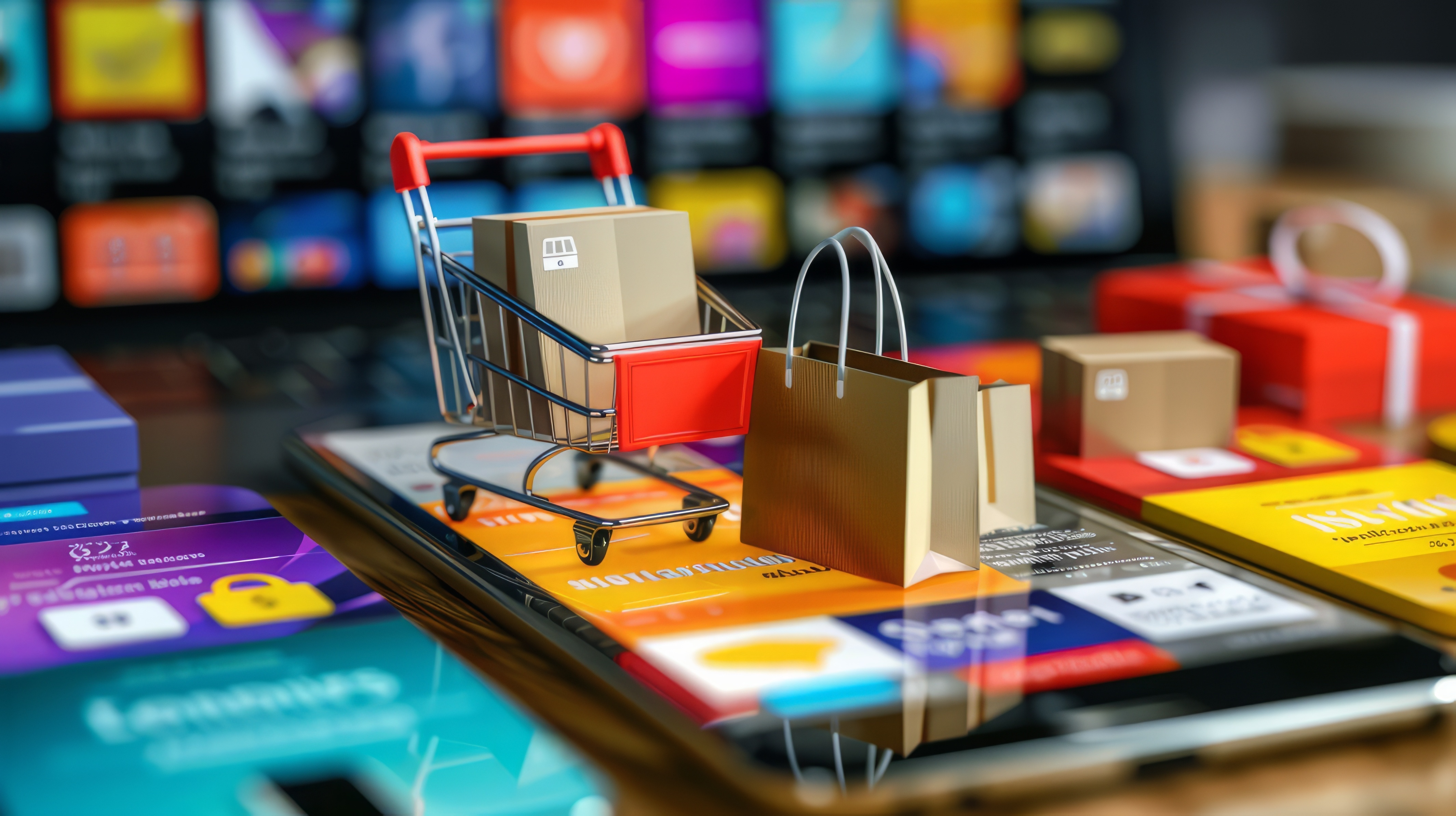Retail's Reopening, the Anxious Consumer, and Redefining Value for a Post-COVID World
Retail Keneavy Krenzin
Keneavy Krenzin

While the COVID-19 pandemic is in no way over, companies and consumers around the world have moved beyond the initial shock and settled into new routines. Attention is beginning to turn from the current crises to imagining what the world will look like once the pandemic is behind us.
Brick-and-mortar stores across the country have begun to reopen, but the challenges of operating post COVID-19 are only just beginning. It’s unlikely that post-pandemic shopping experiences will be exactly the same as they were before the world-wide shutdown and retailer’s and other customer-facing companies need to anticipate what post-pandemic customers will think, feel, and do in the future.
The Anxious Consumer Profile
Consumers are anxious, and with good reason: historic unemployment rates, a steep decline in GDP, not to mention the global health crisis keeping consumers homebound for months on end. Varying levels of concern for personal safety and financial wellbeing have driven a number of changes to how people shop and what they’re shopping for. What consumers expect from the products, brands, and companies that want to win their patronage has also changed.
The Future Consumer Index has polled 12,800+ people across the world to explore consumer sentiment and behavior with the intent of identifying temporary reactions to COVID-19 versus long-term fundamental shifts. They’ve identified a new demographic called the Anxious Consumer, whose priorities, attitudes, and behaviors have been shaped by living through a global humanitarian crisis.
After living through this crisis, anxious consumers have become accustomed to chaos and when faced with no clear answers, will likely adopt a heightened sensitivity to risk, both real and perceived.
Preparing for What We Cannot Predict: A Look at What We Know
No one can be sure whether the new behaviors and sentiments adopted by consumers during the pandemic will stick around after it passes. It’s easy to make bold statements about how we will all behave when it’s all over, but when will that be? Will there be an effective vaccine? How long will that take? How many more lives will be lost in the meantime? Will the economy and the job market rebound? Nobody knows.
Similar to the 2008 recession, consumers’ traditional shopping cadence has been interrupted. Consumers are making fewer shopping trips, visiting fewer stores, and targeting spending on essentials. This disruption of the “old normal” has also pushed consumers to try new retailers and brands and in turn, has shifted the loyalty dynamics within the retail sector.
However, unlike past economic disruptions, the current crisis carries with it a new level of complexity by threatening the consumers’ health and safety. This has amplified and accelerated some expected behavior shifts, but much is still unknown about the long-term impact of these shifts.
The data collected by The Future Consumer Index highlights some of the significant shopping changes consumers expect to continue after the pandemic. 52% said they will change the way they shop and of those, 70% said they will be more aware of hygiene and sanitation when they go shopping; 60% will consolidate their shopping trips into less frequent, but larger purchases; and 44% will do more of their shopping online.
Selling to the Anxious Consumer
Historically, consumer-facing companies have shaped their entire business to serve a consumer that values purpose and innovation. But the anxious consumer no longer values those things above all else. Instead, their buying decisions are rationalized by asking, “Is what I’m buying or experiencing worth the risks I’m taking?”
To answer that question, retailers hoping to win the patronage of the Anxious Consumer will need to make a concerted effort to make them feel safe while proving value and affordability. Most retailers have adopted new protocols to meet government regulations, ease consumer concerns, and ensure safety for both employees and customers in stores. Social distancing rules, reduced store capacities, mask requirements, and protective barriers at checkout counters are just a few changes that have been implemented in stores.
Fast-Track Digital Transformation to Minimize Risk
In lockdown, companies showed how agile they can be, implementing new policies and procedures to minimize contact and proximity. But as we transition from pandemic “normal” to retail’s next normal, digital will be critical. Companies need to apply that same agility to redefining their digital strategies with the anxious consumer in mind. This will likely mean a heavy reliance on personal technologies to minimize interpersonal contact and surface contact – I.E. Cashier-free stores, voice commands and face ID, mobile apps, etc.
Retailers will also need to adopt digital change at an extraordinarily accelerated pace. The shift to digital was already well underway, but consumer shifts that experts expected to take decades have been made in a few short months to respond to the pandemic. For example, more money was spent online in April and May 2020 in the US than the last twelve Cyber Mondays combined. Relative to a month ago, 62% of consumers say they are paying with cash less often, 59% say they are using contactless more, and 54% are paying more often with smartphone apps.
EY outlines three opportunities retailers should explore to stay ahead of the competition in terms of catering to the anxious consumer:
- Can you create a map of the journey your customer takes, from acquisition to loyalty, and work out how to replace any physical touchpoints that are no longer possible with digital ones? For example, what’s the best way to provide a virtual demo of a product that would normally be experienced in a store?
- Can you encourage anxious consumers back into a shared physical location like a clothing store or bar by rethinking how that location works and using digital technology to help consumers re-embrace the physical? For example, live-streaming sales events from inside the store could be a simple way to show that shopping with you is fun and safe.
- Can you give anxious consumers greater transparency across your manufacturing, supply chain and delivery process, so they know you take their concerns seriously and can feel comfortable about buying from you?
Redefining Value and Affordability
After using technology to minimize risk, the second step to addressing the question, “Is what I’m buying or experiencing worth the risk I’m taking?” is to improve the worth or perceived value of the shopping experience. The shift to value is a bit more predictable than other aspects of the COVID-19 pandemic, namely because so far, it’s mirrored other economic downturns throughout history but with some unique nuances due to the unprecedented nature of facing a world-wide health crisis.
As consumers increasingly seek value and affordability in their shopping, retailers must offer a convincing value message to succeed post-pandemic. Of course, retailers will still have the traditional value communications, pricing, and promotional tools they’ve always had, but they must deploy these tools in new ways to make an impact on the anxious consumer. They’ll need to reassess entire value strategies to ensure alignment with evolving consumer needs.
McKinsey recommends the following six actions for retailers looking to reshape their value perception:
1. Develop a value strategy for each consumer segment
There is no one-size-fits all approach to maintaining or improving customer value perception. Know who your customers are and research how they’ve been affected by the crisis to better understand their value concerns. For example, consumers under intense financial pressure will be especially price sensitive while more affluent consumers might look to retailers for premium items or enhanced services that can help substitute for needs typically fulfilled elsewhere.
2. Localize your value levers
Much of the current crisis differs from city to city and state to state. Adjust pricing, promotions, and assortments to best serve local communities and their evolving needs. Account for new market dynamics and determine who your competitors are in the post-COVID-19 world. A broad approach to value and affordability won’t be as effective as a targeted, localized one.
3. Build agility into your commercial activities
None of us can predict exactly what a post-COVID-19 world will look like, so agility will be more important than ever. Retailers will need the ability to respond rapidly to changes in consumer sentiment and needs. As part of building agility, you will need to monitor carefully chosen metrics that are reliable indicators of how consumers are thinking about price and value.
4. Update your value communication for the postcrisis context
Given the shifts in consumer behavior during and after the pandemic – more cooking at home, larger baskets, less cross-shopping across retailers -- each shopping experience, for loyal and new customers alike, takes on greater importance. Find new ways to communicate and deliver value and consider launching new product offerings to serve COVID-19 related needs.
5. Define value-perception triggers to help guide rapid decision-making
Identifying specific customer and competitor triggers up front can equip you to make decisions quickly and to execute more effectively. Many retailers are currently debating whether or not to expand shelf space for private-label products. Instead of trying to predict customer demand, agreeing on a specific trigger—for example, the growth of private-label share by more than five percentage points in a given category—can provide clarity and help the business respond rapidly to consumer trends.
6. Upgrade your tools and organization
Fast-tracking digitalization will help to fine-tune value propositions and measure the impact of such efforts. Data analytics, consumer insights, and other systems play a central role in tracking shifts in customer behavior and buying patterns and can be invaluable during times of uncertainty.
While everyone continues to settle into the current pandemic “normal” and look ahead to the future, it becomes clear that certain priorities have shifted for the long term. Companies who want to survive these tumultuous times will need to focus on how to serve emerging customer segments like the anxious consumer by focusing on building trust with safety, honesty, transparency, and by providing real value.
Related Articles

Package Theft and Porch Pirates: How Retailers Can Combat this Growing Threat
As e-commerce continues to grow as a major channel for retailers, a new form of theft has grown with it: “porch piracy” or pa...
The Hidden Margin Loss of Digital and Omnichannel Retail
The pandemic caused a dramatic shift in how consumers shop, including the rapid adoption of in-store shopping, BOPIS, curbsid...
The Top 7 Concerns for Omnichannel Retailers in 2021
After a tumultuous 2020, retailers are looking to regroup in 2021, doubling down on important trends that are proving to deli...Subscribe to our blog
Receive free educational resources like exclusive reports, webinars, and industry thought leadership articles straight to your inbox.

